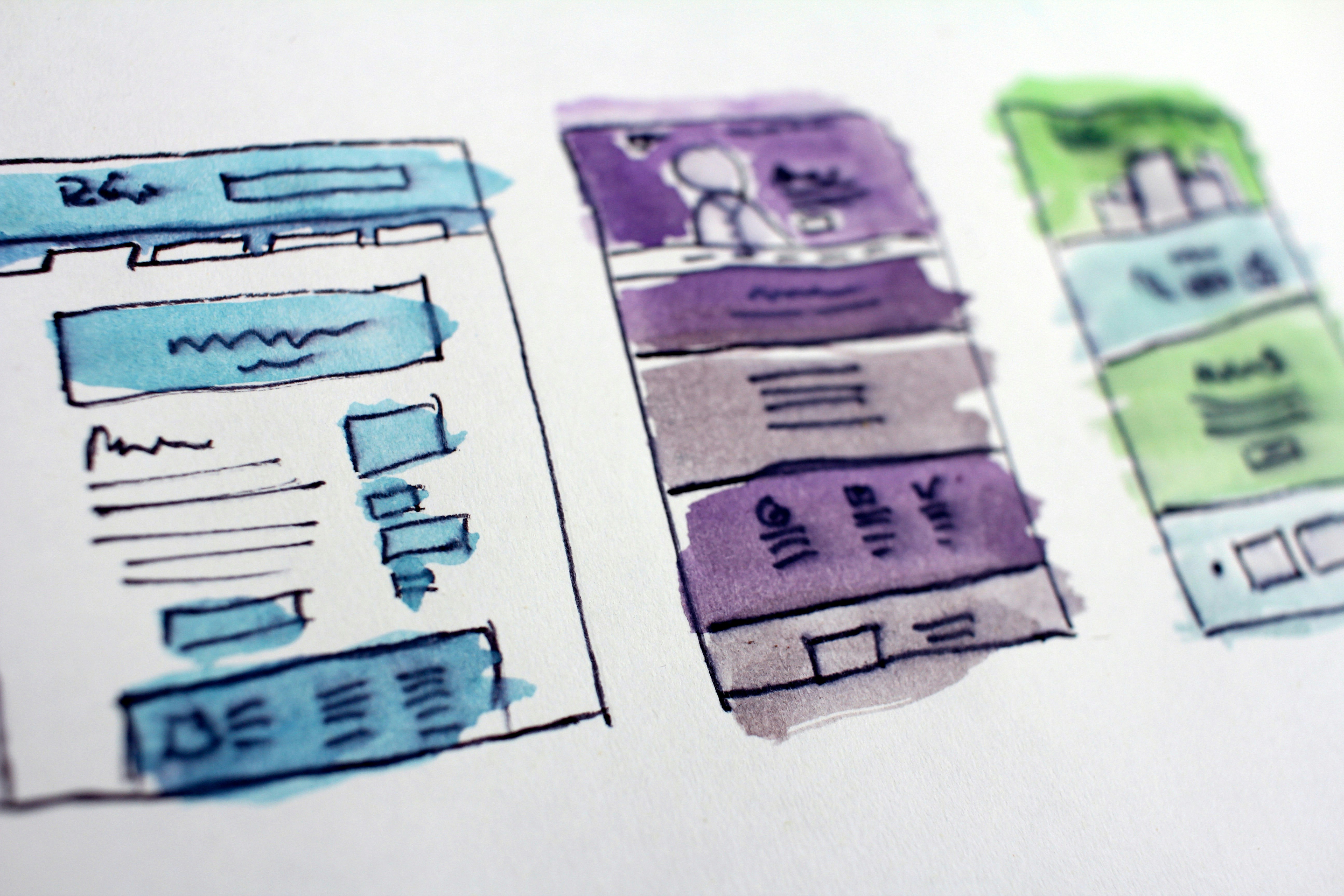9 best practices of creating a landing page that converts
Inspiration
•
Jun 26, 2024

Create high-converting landing pages with our best practices guide. Learn actionable tips and strategies to boost conversions. Start optimising now!
Creating a landing page that converts visitors into customers is both an art and a science. This guide will show you how to design landing pages that not only look great but also drive results.
Let’s dive right in:
What is a landing page?
The importance of a strong headline
Crafting a compelling value proposition
Using high-quality visuals
Structuring your page for clarity
Adding social proof
Creating an effective call to action
Optimising for mobile
Testing and iteration
Part 1: What is a Landing Page?
A landing page is a standalone web page, created specifically for a marketing or advertising campaign.
It’s where a visitor “lands” after they click on a link in an email, or ads from Google, Bing, YouTube, Facebook, Instagram, or similar places on the web.
In other words:
A landing page is designed with a single focused objective – known as a call to action (or CTA, for short).
Unlike other web pages that have many goals, a landing page is designed for one goal and one goal only.
Why are landing pages important?
Landing pages are crucial because they are designed to guide visitors towards a specific action.
Whether it’s signing up for a newsletter, downloading an ebook, or purchasing a product, a well-designed landing page can significantly increase your conversion rates.
Part 2: The importance of a strong headline
Your headline is the first thing visitors see, and it can make or break your landing page.
It needs to be:
Clear
Concise
Compelling
A great headline should grab attention and make visitors want to stay and learn more.
For example, instead of saying “Our new product,” say “Discover the product that will change your life.”
Part 3: Crafting a compelling value proposition
Your value proposition is the promise of value you deliver to customers.
It’s what makes your product or service attractive to potential customers.
How to Write a Great Value Proposition:
Identify the main benefit your product or service offers.
Explain how it solves a problem or improves a situation.
Highlight what makes it unique compared to competitors.
For example, “Our CRM software helps small businesses save time and increase sales by automating their workflow.”
Part 4: Using high-quality visuals
Images and videos are powerful tools to convey your message quickly and effectively.
High-quality visuals can:
Capture attention
Communicate your value proposition
Improve the overall aesthetic appeal
Thin In Bold tip: Use images that show your product in action or happy customers using your service.
Part 5: Structuring your page for clarity
A well-structured landing page guides the visitor’s eye and makes it easy to understand your offer.
Key Elements:
Headline and subheadline - Clear and concise.
Value proposition - What you’re offering and why it matters.
Benefits and features - Detailed but easy to scan.
Visuals - Supporting images or videos.
Social proof - Testimonials, reviews, or case studies.
Call to action - Clear and compelling.
Part 6: Adding social proof
Social proof is a powerful psychological phenomenon where people look to others to determine their own actions.
Types of Social Proof:
Testimonials
Reviews
Case studies
Trust badges
Part 7: Creating an effective call to action
Your call to action (CTA) is where you ask visitors to take the next step.
Tips for a strong CTA:
Use action-oriented language.
Make it stand out with contrasting colours.
Keep it short and sweet.
For example, instead of “Submit,” use “Get your free ebook.”
Part 8: Optimising for mobile
With more than half of web traffic coming from mobile devices, ensuring your landing page looks great and functions well on mobile is important.
Mobile optimisation tips:
Use a responsive design.
Simplify your layout.
Make buttons and links easily tappable.
Part 9: Testing and iteration
No landing page is perfect from the start. Testing and iteration are key to improving performance.
What to Test:
Headlines
CTAs
Images
Page layout
Forms
Tools for testing:
A/B Testing Tools (e.g., Optimizely, Unbounce)
Analytics (e.g., Google Analytics)
Conclusion
By following these best practices, you can design landing pages that not only look great but also drive results.
Don’t know how to create a landing page or optimise it for mobile? Use a marketing design subscription like Think In Bold.
Think In Bold provides accessible marketing design services so you could start growing your brand.
Submit unlimited requests for a fixed monthly fee and get ready-to-use landing pages in 72 hrs on average.
More posts









